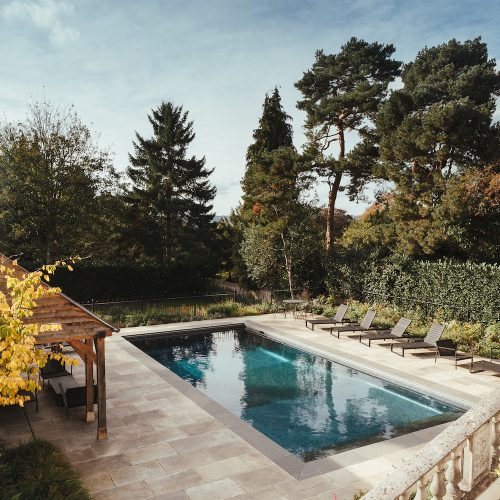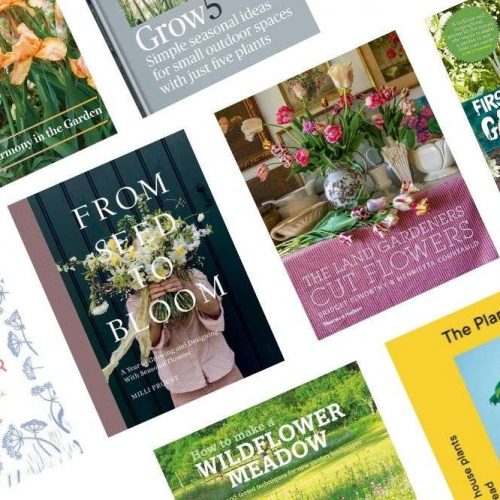Joe Swift’s April gardening tips
This year’s Chelsea Flower Show may be postponed, but there’s no reason you can’t put your green fingers to work on your own patch. Gardening div? We’ve got just the man for you.

While he may be out of a hosting job now that the Chelsea Flower Show has been postponed to September, TV presenter, author and gardener Joe Swift is still sharing his tips for getting out outdoors to spruce up your garden for spring. We grabbed our Cath Kidston trowels and dug up his April gardening advice from the archives to keep you ticking over.
Joe’s April Gardening Tips for Dummies
1. Get weeding

As the soil warms up, the weeds will grow. If you deal with them early, especially the perennial weeds, you’ll save yourself a huge task before they creep, seed, and get hold. Make sure to dig out every bit of root out. Inorganic gardeners may want to use a glyphosate-based weed killer on large areas (read instructions carefully).
2. Divide perennials

Division can regenerate a tired-looking plant (many die out in the middle and lack vigour after a few years), reduce a large clump which is getting too big or out of proportion and/or to create some new free plants to pop back into the beds. Lift the entire clump out of the ground and split using back to back forks or cut through using an old serrated bread knife. Divide into fist-sized chunks, looking only for healthy growth and roots, discard any old bits, condition the soil and replant.
3. Prune shrubs

Shrubs such as buddleja, cotinus and dogwoods can all be cut back hard or to a height so they grow back and flower at a required height. This will keep them at a manageable size, as well as deepening the stem colour of those grown for their winter stems. Shape evergreen shrubs. Avoid pruning any plants that are in flower or soon to flower unless you feel confident you can take out any dead, diseased or damaged branches (the 3 Ds), without stressing the plant and losing flowers.
4. Love your lawn

Start mowing on a high setting and slowly lower the mower over the next few cuts rather than scalping it too short. Lawns can be scarified, aerated, top-dressed and weeded. Well, some, if not all of those! It’s also a good time to lay a new lawn too, patch up an old one or replace or re- seed particularly worn areas.
5. Mulch!

Once the soil has been weeded and any divided perennials or new plants planted back in, mulch the soil when it’s moist. This will lock in the moisture, improve soil fertility over time, suppress annual weeds and show off your plants. Don’t scrimp – always apply a thick layer about 2 inches deep (5cm). Homemade compost, mushroom compost, well-rotted horse manure and composted bark are all good choices; mushroom compost is alkaline whereas composted bark tends to be acidic.
You may also like

















